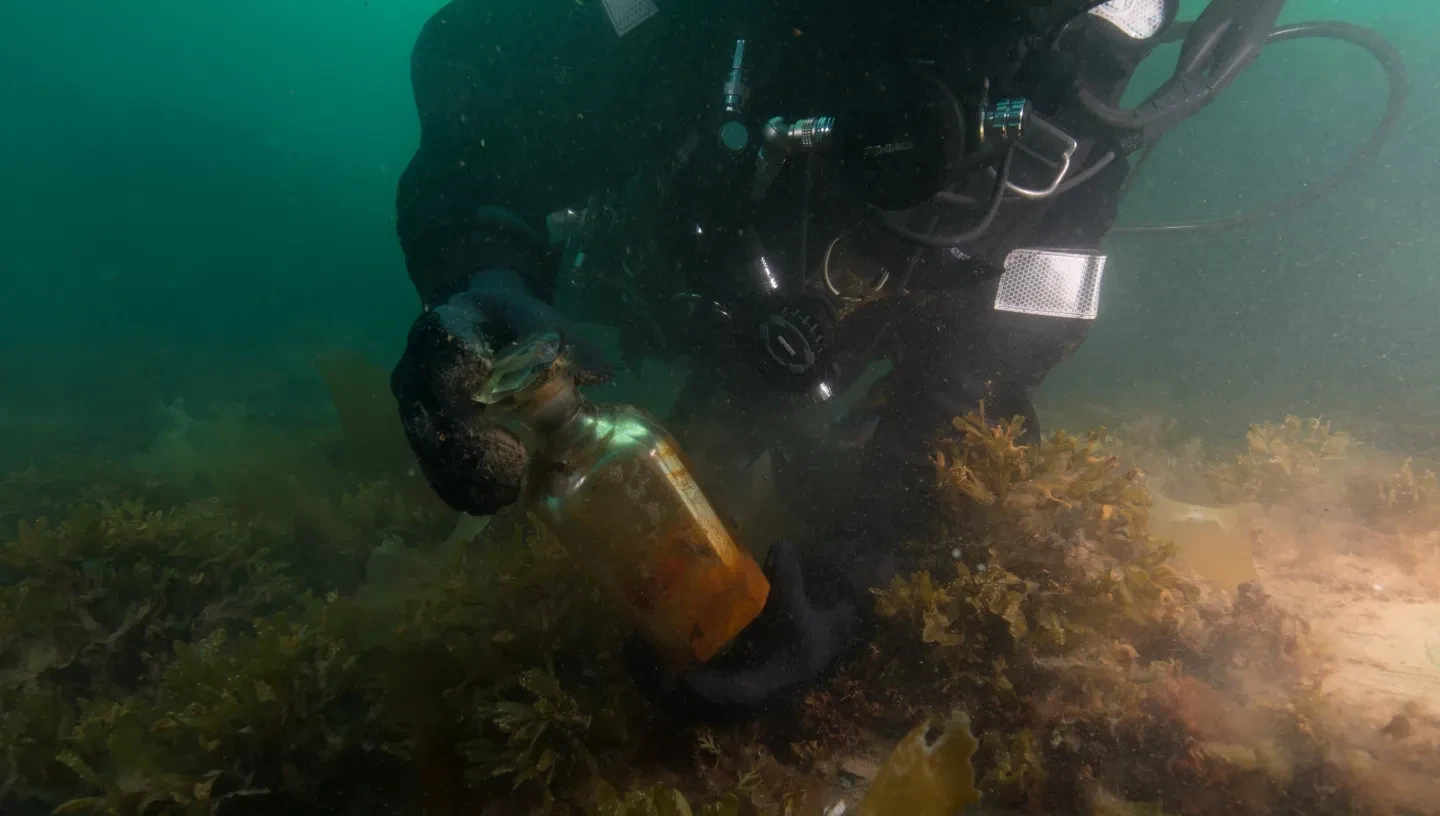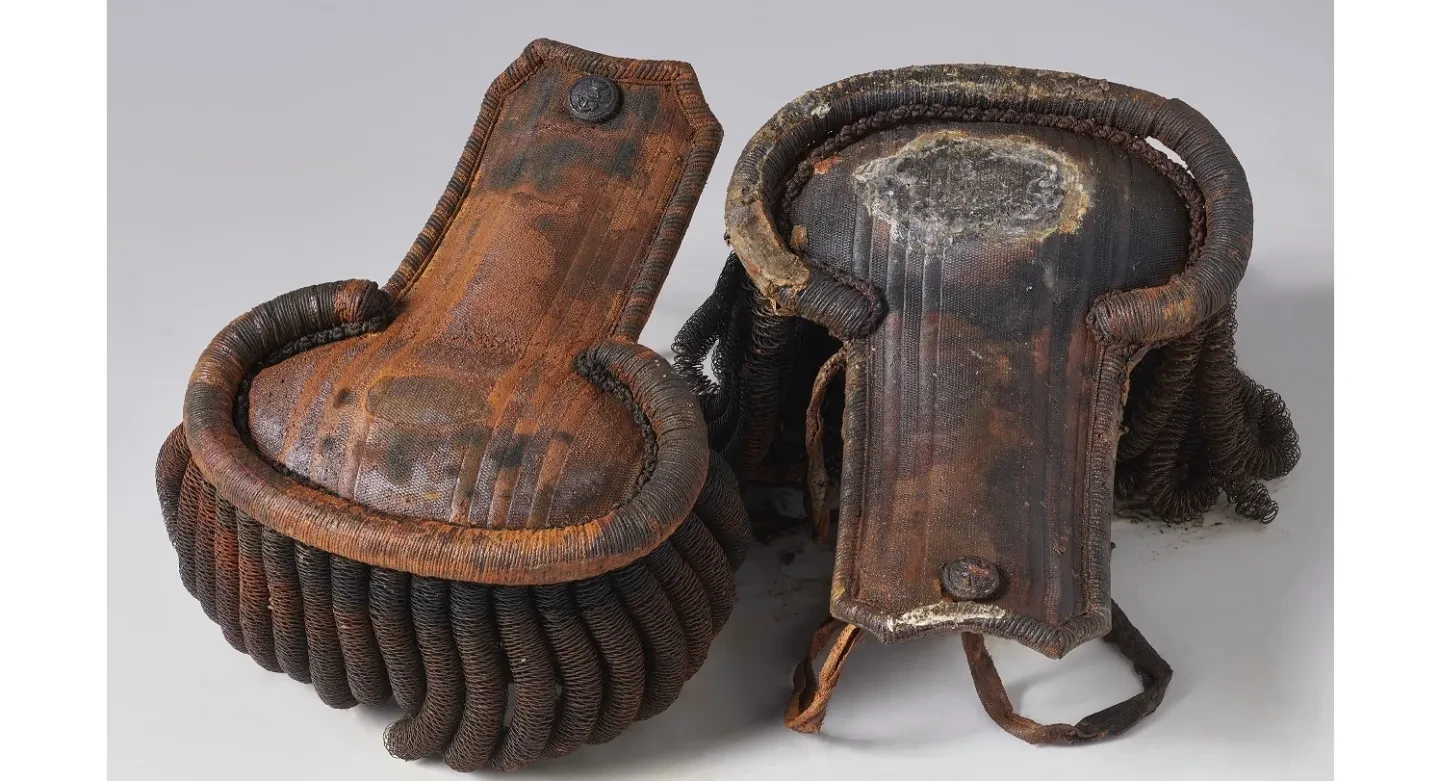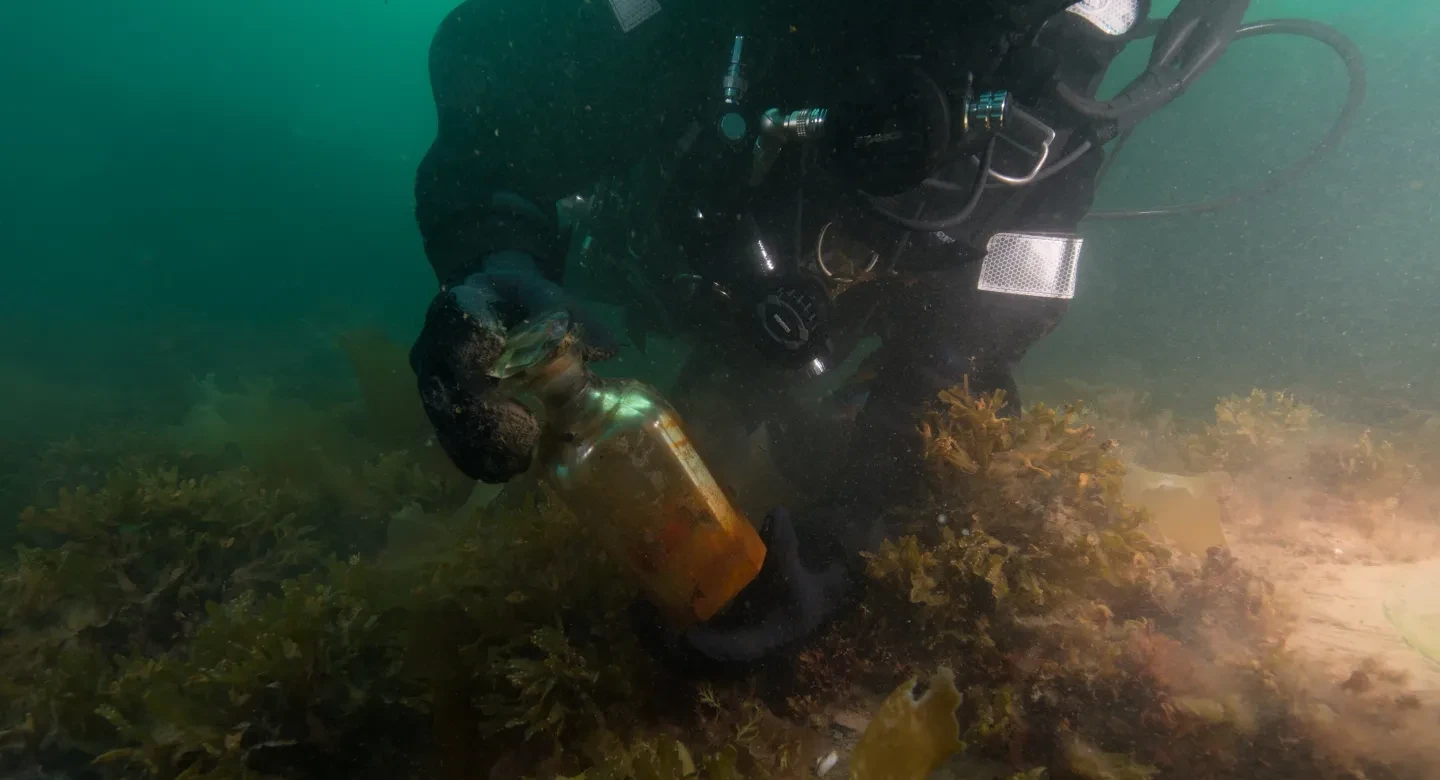
Archaeologists exploring the shipwrecks of HMS Erebus and Terror have recovered over 350 objects from the lost Franklin expedition.
The loss of the 1845 British Naval Northwest Passage expedition was devastating: 129 men had set sail on an expedition to finally chart a Northwest Passage across the top of the North American continent – not one of them returned.
The shock of their demise cast a shadow across British Arctic exploration, the expedition’s disappearance dealing a significant blow to Victorian ideas of technological superiority and inexorable progress.
As searchers tried to find out what had happened to the men, Inuit voices were dismissed and vilified, their expertise often ignored – until, as it turned out, they were right about the expedition’s fate all along.
The discovery of the wrecks of HMS Erebus and Terror in 2014 and 2016 by underwater archaeologists from Parks Canada offered tantalising possibilities to increase our understanding of what actually happened to the men; the announcement of the results of this year’s field excavations has been eagerly awaited.
This is careful, painstaking work, in a challenging and remote environment, working with the Inuit Heritage Trust and local people to protect and reveal things that have lain undisturbed for nearly 175 years. Conditions in previous years have restricted the archaeological work, so the revelation of some 350 jointly-owned objects from this season is spectacular.
We often think about this expedition in terms of death and loss. But one of the possibilities that the excavations offer is to understand more about lives lived in the close-knit community that existed aboard ship.
The magnificent epaulettes that may have belonged to Lieutenant James Walter Fairholme are quite the find. Described as ‘a smart, agreeable companion, and a well-informed man’ by Commander James Fitzjames, we have a photograph of him just before the expedition departed. But those aren’t his epaulettes that he’s wearing – he’d borrowed Fitzjames’s coat, to save him the trouble of getting his own.
Several finds come from the Captain’s Steward’s pantry. Edmund Hoar from Portsea was the steward, the captain’s personal servant – a fair-haired blue-eyed 23 year old when the expedition departed, 5’ 9” tall, with an anchor tattooed on his right arm.
Parks Canada have found a lead stamp with his name on it, perhaps something that he used to mark and identify his clothing. It must have been important to keep track of things in the crowded conditions, to be able to find and hold on to what was yours. There is also a pencil case – was it used by him or by the officers? And a bottle – of port or brandy? – from the officer’s mess that suggests that there were ways of making long, dark Arctic winters pass with at least some jollity.
And yet, the finds also remind us about what is lost and may never be found – the bodies of the men themselves.
Although human remains have been found on King William Island – and may yet be found on the ships – the chances of knowing who they were remain slim, despite advances in DNA technology. This year’s excavations offers traces of absent bodies – a fingerprint in sealing wax (Hoar’s perhaps?), hairs on a brush from which DNA may be extracted.
To date, only two sets of human remains have returned to Britain – one to Edinburgh, one across the road from the National Maritime Museum in Greenwich, housed in the expedition memorial in the Old Royal Naval College’s Chapel. The latter, once thought to be Lieutenant Henry Le Vesconte, have more recently been identified as the remains of assistant surgeon Harry Goodsir. The former, apparently the remains of Lieutenant John Irving, were taken home to Edinburgh – although some scholars wonder if this correct, or whether they might be the bones of a more senior member of the crew.
Each year, the work of Parks Canada’s Underwater Archaeology team, in collaboration with Inuit, reveals something new about the expedition and the men who lived on Erebus and Terror. Who knows what next season’s work might reveal?
By Claire Warrior, Senior Exhibitions Curator

